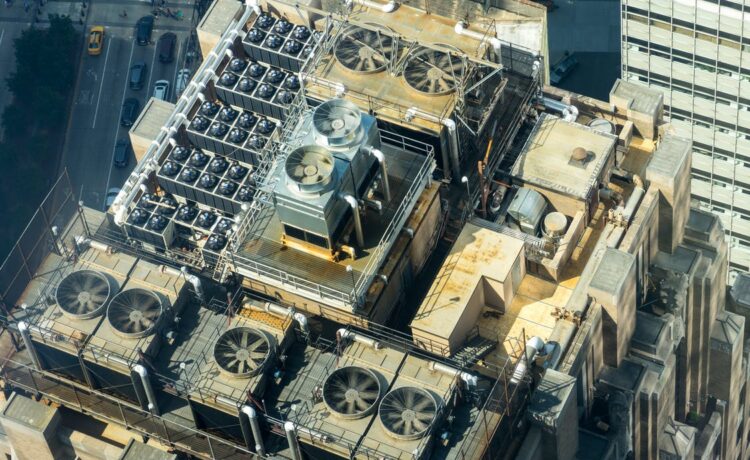The majority of us consider heating and cooling standards. We rely on air conditioning to keep us cool during the summer and on our heating systems to keep us warm in the winter.
The natural response is to contact expert service when the residence is chilly in the winter or sweltering in the summer. Thankfully, there is another option. By performing basic maintenance and simple repairs yourself, you may significantly save service expenses and keep your cooling and heating systems operating at peak performance. But first, it’s crucial to understand the fundamentals of how heating and cooling systems work.

All climate-control equipment or systems consist of three fundamental parts: an air source that may be heated or cooled, a way to distribute the air to the rooms that need to be heated or cooled, and control that can be used to adjust the system (e.g., thermostat). The transmission and control systems for the sources of warm air, like a furnace, and cool air, like an air conditioner, in a home are frequently the same. If your home has central air conditioning, the same ductwork and thermostat likely control the flow of heat and cool air. Any one of these three fundamental parts could be the source of a heating or cooling system’s dysfunction.
Based on the idea that heat constantly goes from a heat source to a cooler one, similar to how water flows from an upper to a lower level, heating and air conditioning systems are designed to function together. Air conditioners eliminate heat from the air to cool down your home; furnaces and heaters add heat to the air to warm up your home. Fuel is used by all heating and cooling systems. Electricity is used by air conditioners. While some systems use electricity, the majority of residential heating systems use gas or fuel oil. Air is heated and cooled by the heat pump, an electrically powered temperature control device. It draws heat from the air within your house in the summer. It uses the heat it extracts from the outside air during the winter to reheat the air inside.

Whether it is gas, oil, or electricity, the fuel that powers the furnace is used when it is turned on. Heat is generated as fuel is consumed, transported to your home’s living spaces via ducts, pipes, or wires, and then expelled through vents, radiators, or heating modules. Older systems heat water using the heat they generate, which then heats the air in the room. In these systems, the water supply is heated and stored in a boiler before being pumped as hot water through pipelines that are buried in the floor, walls, or ceiling.
Electricity is utilised to cool a gas in a coil to a liquid state when an air conditioner is switched on. By coming into contact with the cooling coil, warm air in your house is cooled. This cooled air is then circulated through ducts and out registers, or, in the case of room air conditioners, directly from the unit itself, into the rooms of your house.You may prevent issues before they get out of hand by being aware of how your home’s heating and cooling systems work.





